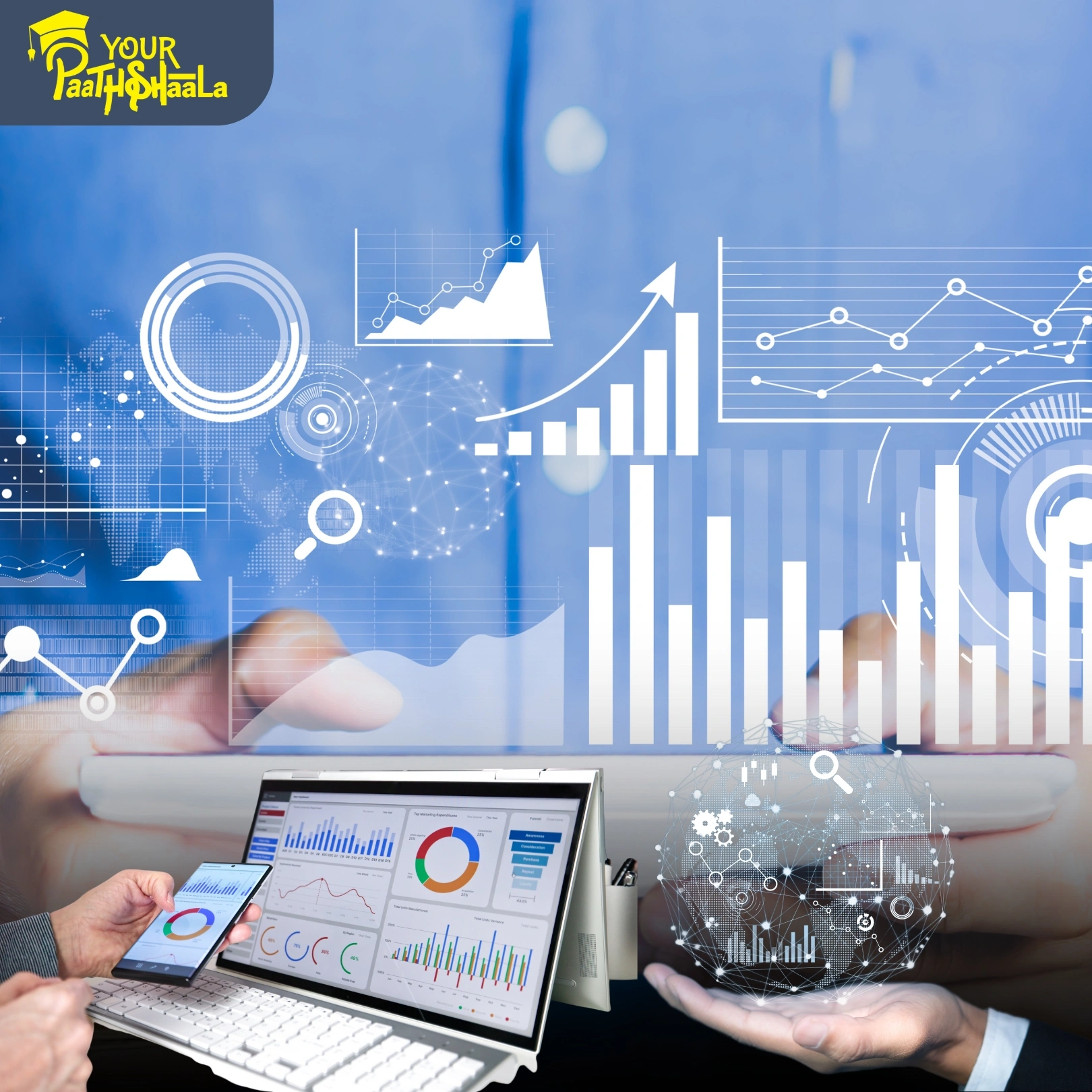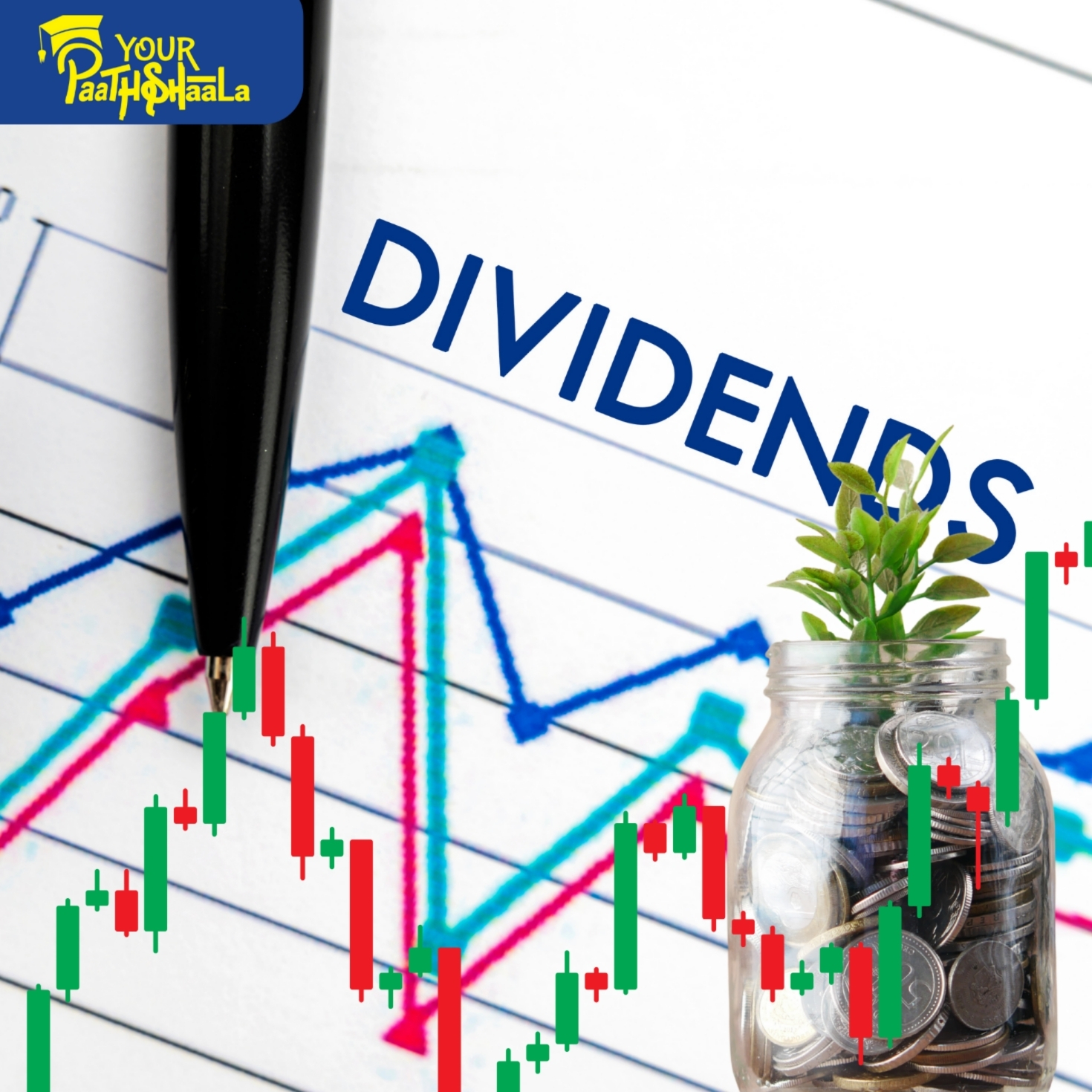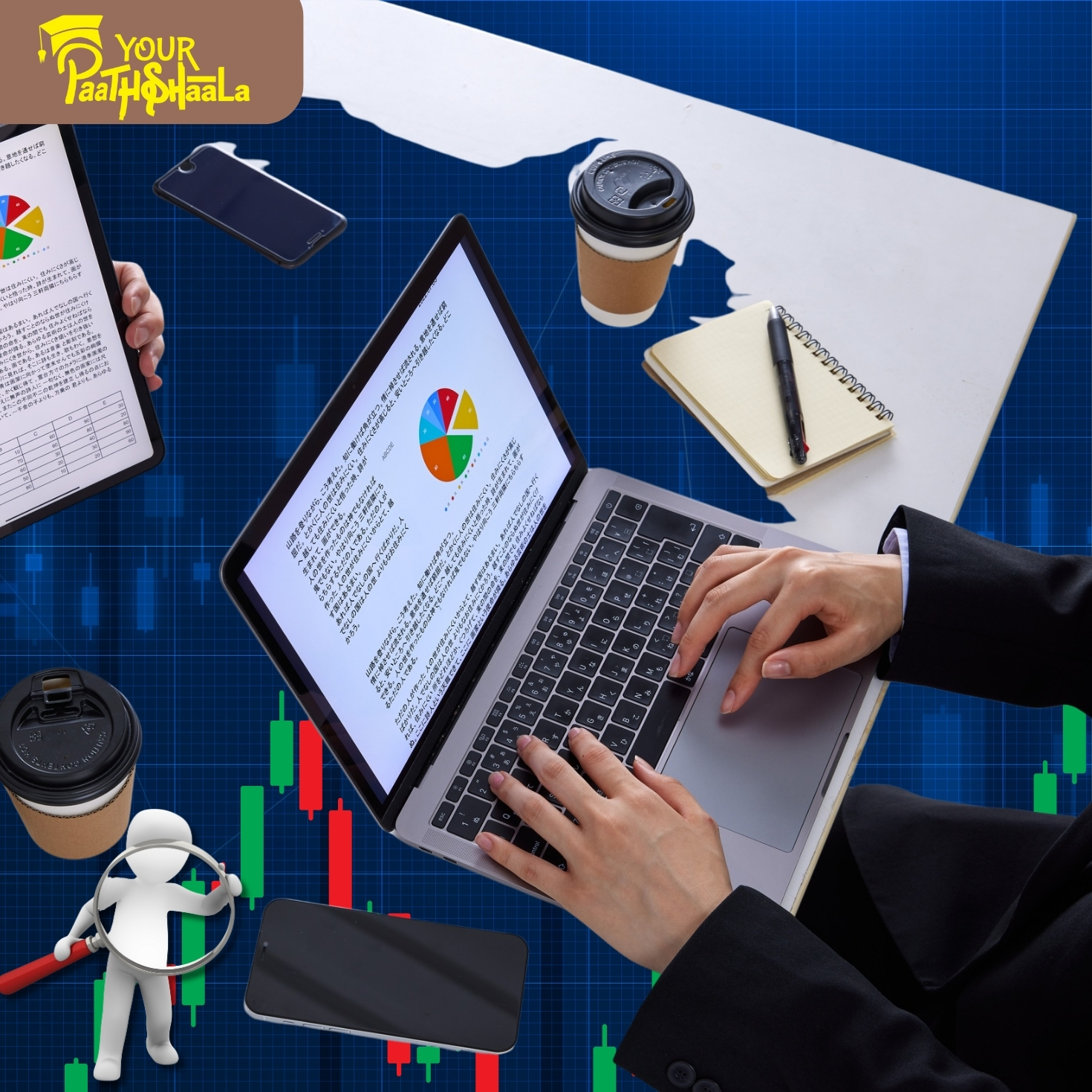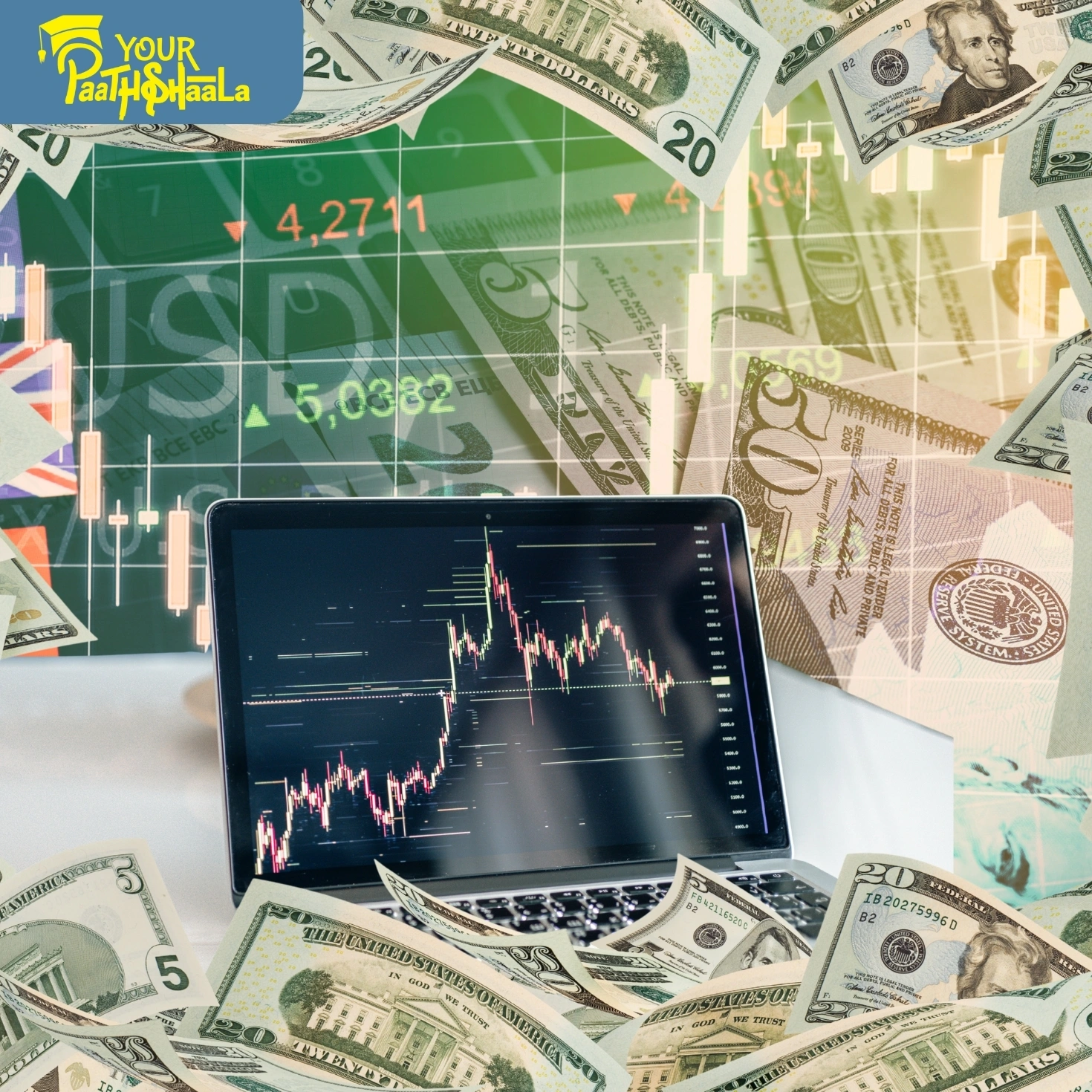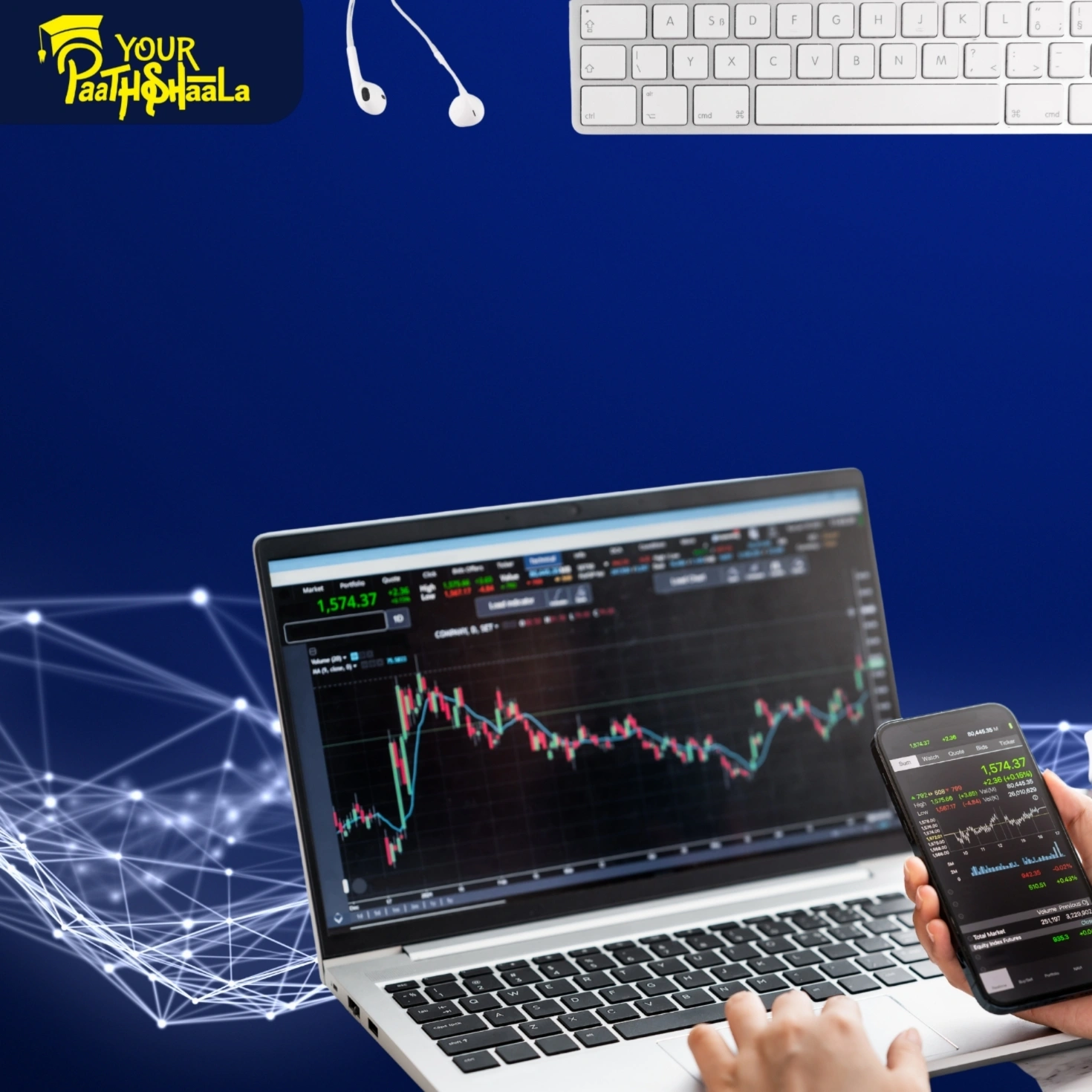The Evolution of Data & Analytics in 2025: Transforming Investment Decisions with Real-Time Insights
The pace of change in financial markets is accelerating, and nowhere is this more evident than in the world of data and analytics. In 2025, investors and analysts have access to a wealth of real-time information and cutting-edge tools that were unimaginable just a few years ago. From instant earnings estimate updates and granular supply chain tracking to satellite monitoring and the powerful influence of social media sentiment, the data and analytics evolution is reshaping how decisions are made and how opportunities are found.
This comprehensive, SEO-friendly guide explores the key innovations driving the data and analytics evolution, how they work, and how you can leverage these advancements to make smarter investment choices.
Real-Time Earnings Estimate Updates: Sharper, Faster Decision-Making
One of the most significant breakthroughs in the data and analytics evolution is the ability to access real-time earnings estimate updates. Traditionally, investors relied on quarterly analyst reports and delayed revisions. Today, advanced analytics platforms aggregate and update earnings forecasts continuously as new information becomes available.
How It Works:
Analysts’ earnings forecasts are revised in real time based on company announcements, market data, and macroeconomic events.
Platforms use algorithms to process these updates and present the latest consensus to users instantly.
Benefits for Investors:
Improved Accuracy: Continuous updates mean forecasts reflect the most current expectations.
Faster Reaction: Investors can respond immediately to earnings surprises or guidance changes.
Dynamic Portfolio Management: Portfolios can be adjusted quickly in response to new data.
Better Risk Management: Timely information helps investors anticipate volatility and manage exposure.
By leveraging real-time earnings updates, traders and investors can make more informed decisions, stay ahead of market moves, and reduce the risk of being caught off guard by sudden news.
Supply Chain Tracking Data: Deep Operational Insight
Another major leap in the data and analytics evolution is the use of supply chain tracking data. With global supply chains under pressure from disruptions, delays, and geopolitical events, having real-time visibility into the flow of goods is invaluable.
What It Involves:
Collecting and analyzing data on the movement of goods, materials, and products throughout the supply chain.
Using IoT sensors, RFID tags, GPS tracking, and blockchain to gather accurate, real-time information.
Key Insights Provided:
Shipment and Inventory Tracking: Know exactly where products are at any moment.
Supplier Performance: Monitor delivery times and reliability.
Risk Identification: Spot bottlenecks, delays, or disruptions before they impact operations.
Transparency and Accountability: Enhance trust with stakeholders through data-driven reporting.
Why It Matters:
Investors and companies can assess operational health, forecast production, and anticipate potential impacts on earnings or stock prices.
By understanding supply chain dynamics, analysts can better evaluate a company’s resilience and growth prospects.
Supply chain tracking data is now a must-have for anyone seeking a deeper, real-time view of business operations and potential risks.
Satellite Monitoring: A New Lens on Economic Activity
Satellite monitoring represents one of the most groundbreaking aspects of the data and analytics evolution. By harnessing high-resolution images and data from space, investors and analysts can observe real-world economic activity as it happens.
Applications of Satellite Data:
Agriculture: Track crop health, forecast yields, and monitor planting and harvest cycles.
Transportation: Observe shipping traffic, port congestion, and logistics bottlenecks.
Construction and Industry: Assess the pace of new projects, factory output, and infrastructure development.
Energy Consumption: Analyze night-time light emissions to gauge economic activity in different regions.
Benefits:
Early Signals: Satellite data can reveal trends and disruptions before they show up in official statistics or company reports.
Verification: Provides an independent way to confirm (or challenge) what companies and governments report.
Comprehensive Coverage: Offers a global, unbiased view of economic activity, even in regions with limited transparency.
How It’s Done:
Satellite imagery is processed with AI and big data analytics to extract actionable insights quickly and accurately.
For investors, satellite monitoring is a powerful tool for gaining a real-time, ground-level understanding of economic trends and company performance.
Social Media Sentiment: The New Market Mover
Perhaps the most dramatic shift in the data and analytics evolution is the rise of social media sentiment as a market force. Platforms like Twitter, Reddit, and financial forums now play a pivotal role in shaping investor behavior and moving prices.
How Social Media Sentiment Analysis Works:
AI and natural language processing scan millions of posts, tweets, and comments to gauge the collective mood and opinions about stocks, sectors, or the market as a whole.
Sentiment scores and trend indicators are generated in real time.
Key Impacts:
Rapid News Dissemination: Information, rumors, and opinions spread instantly, often moving markets before traditional news outlets react.
Community Coordination: Online groups can coordinate trading actions, as seen with meme stocks and certain cryptocurrencies.
Sentiment-Driven Volatility: Stocks with high social media buzz can experience sharp price swings, regardless of fundamentals.
Complementary Analysis: Many investors now use social media sentiment as a key input alongside traditional financial analysis.
By monitoring social media sentiment, traders can anticipate crowd-driven moves, spot emerging trends, and better understand the psychological drivers of market volatility.
Integrating Data and Analytics Innovations into Your Strategy
The data and analytics evolution offers unprecedented opportunities for investors willing to embrace new tools and sources of information. Here’s how to make the most of these innovations:
- Stay Informed: Use platforms that provide real-time earnings estimates and supply chain data.
- Diversify Data Sources: Combine satellite monitoring, social sentiment, and traditional analysis for a 360-degree view.
- Act Quickly: Real-time data enables faster, more confident decision-making.
- Manage Risk: Use insights from supply chain and sentiment data to anticipate volatility and adjust positions.
- Continuously Learn: The landscape is always evolving—keep up with new analytics tools and methods.
The Future of Data and Analytics: What’s Next?
As technology advances, expect even more powerful data and analytics innovations:
Predictive Analytics: AI-driven models will forecast earnings, supply chain disruptions, and market sentiment before they happen.
Integration with Trading Platforms: Real-time data feeds and analytics will be built directly into trading apps for instant action.
Greater Transparency: Investors will demand more granular, verifiable data from companies and governments.
Personalized Insights: Analytics platforms will tailor recommendations based on your portfolio, risk tolerance, and interests.
Staying ahead in investing now means mastering the data and analytics evolution and using it to your advantage.
Frequently Asked Questions
Q: Are these data and analytics tools available to retail investors?
Yes. Many platforms now offer real-time earnings, supply chain, satellite, and sentiment data to individual investors.
Q: How accurate is social media sentiment analysis?
While not perfect, AI-powered tools can capture overall mood and spot major shifts quickly. It’s best used alongside other forms of analysis.
Q: Can satellite data really predict economic trends?
Satellite monitoring provides early signals and independent verification, making it a valuable supplement to traditional data.
Q: What’s the biggest risk with relying on real-time data?
Information overload and reacting to false signals. Always cross-check multiple sources and use risk management.
Conclusion: Harness the Power of Data and Analytics Evolution
The data and analytics evolution in 2025 is transforming how investors make decisions, manage risk, and spot opportunities. Real-time earnings estimate updates, supply chain tracking, satellite monitoring, and social media sentiment analysis are now essential tools for anyone serious about investing.
If you want to learn how to leverage the latest in data and analytics evolution for smarter investing, expert guidance can help you master these powerful innovations.
Visit YourPaathshaala
Near 🏥 Anjali Children Hospital, Tagore Nagar, Mathpurena, Raipur.
📫 PIN code: 492001, Chhattisgarh
📞 Click the Call Now to contact us!
Take your financial knowledge to the next level with YourPaathshaala—your trusted partner for investment education and market insight.

